To Greener Pastures
By Kate Anstreicher, Program Coordinator
Here at Glynwood, our sheep’s breakfast is pretty deluxe: butter and eggs with a side of chicory and milk.
It may look a little different than what you’re imagining. Butter and eggs is a creamy yellow, snapdragon-like flower; chicory is a pasture plant whose periwinkle blooms are currently exploding across the landscape; and milkweed is the monarch butterfly safe haven that, as it turns out, sheep like to munch on, too.
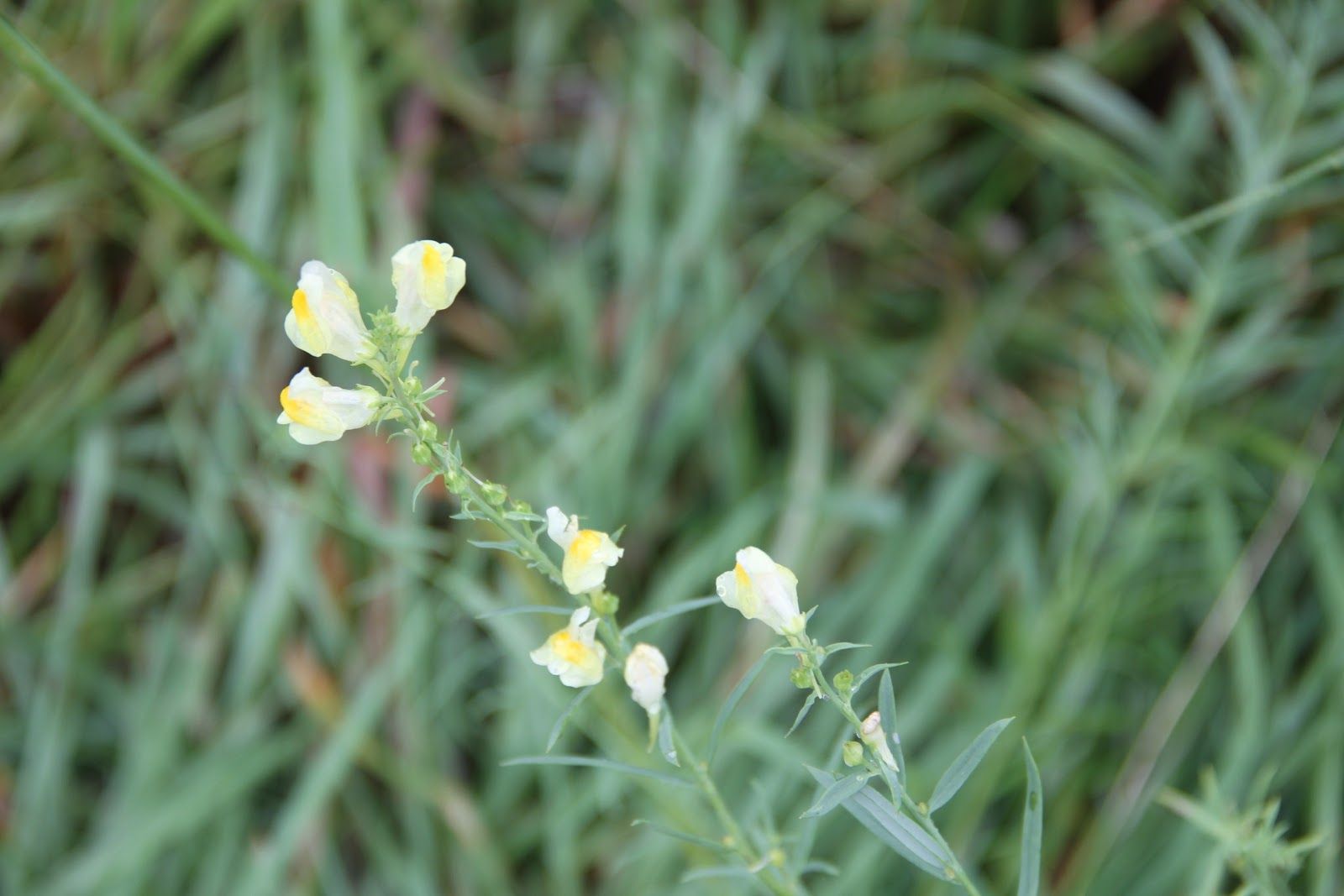
Butter and Eggs
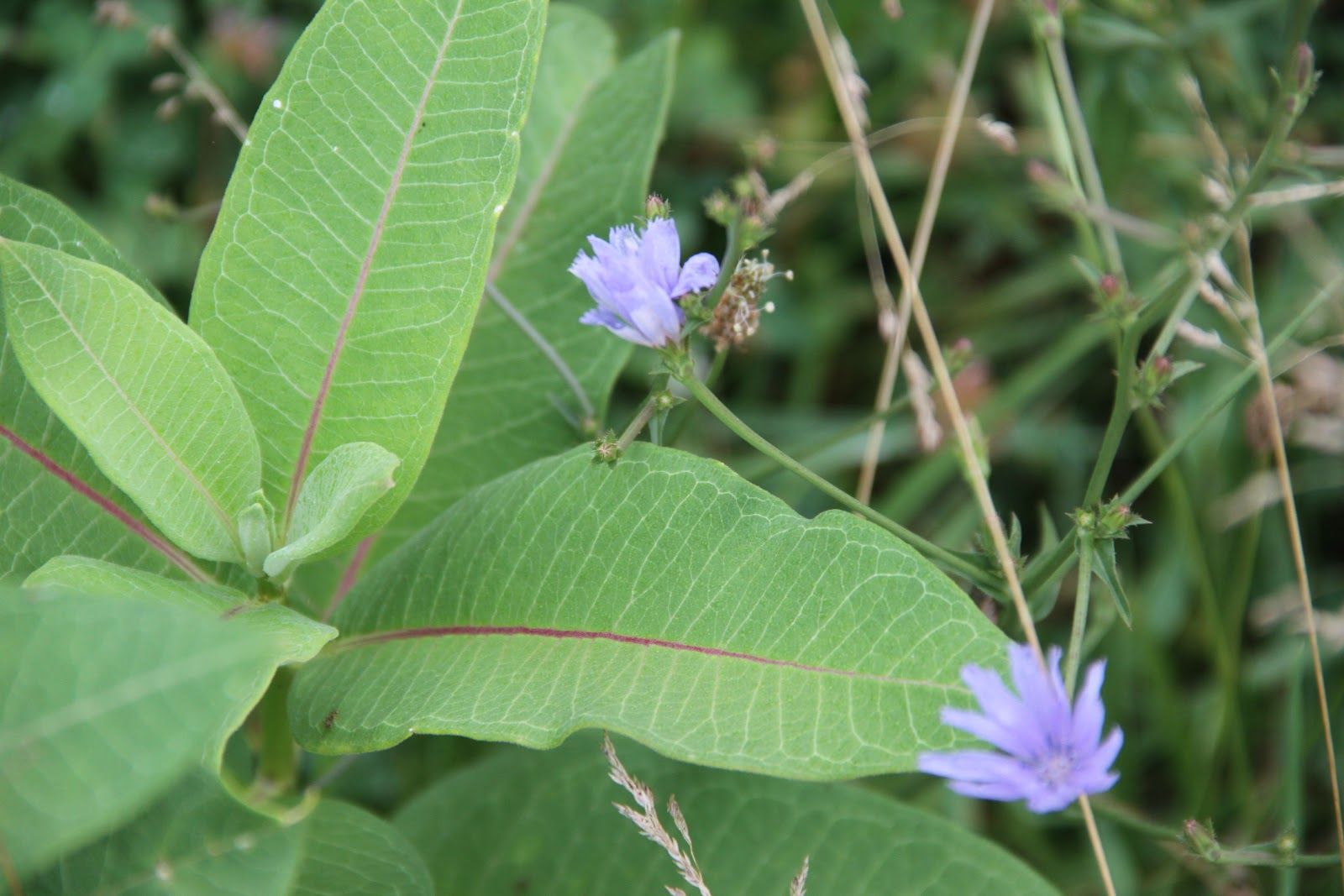
Milkweed and Chicory
We discussed these plants among many others at yesterday’s Pasture and Soil Health Field Day. With instruction from Juan Alvez of University of Vermont Extension and Fay Benson of Cornell Cooperative Extension, livestock farmers from Glynwood and elsewhere in the Hudson Valley learned about pasture plant identification, the importance of soil health and organic matter, and effective management-intensive grazing (MIG).
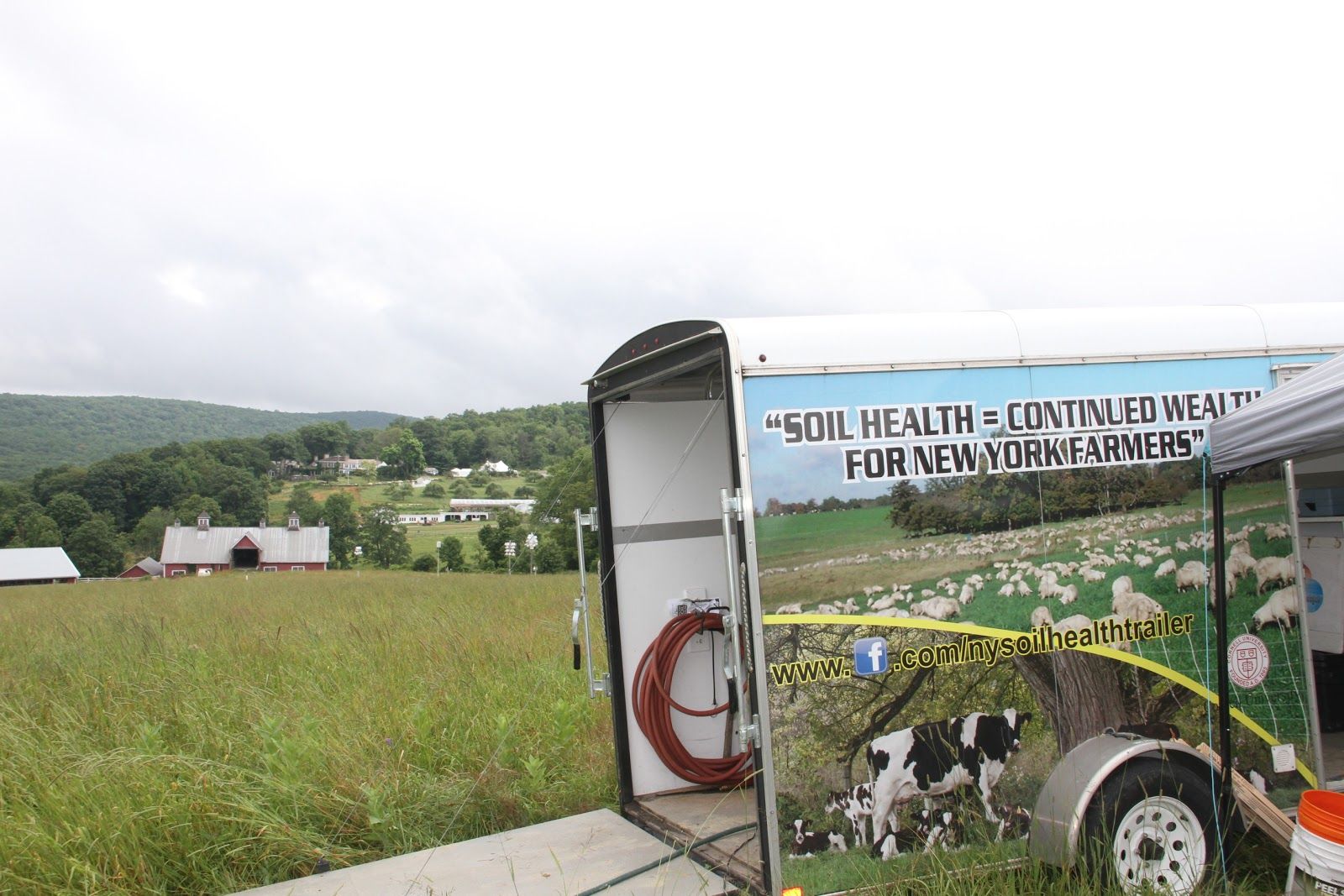
Fay Benson’s Community Soil Health Trailer
The first part of the day was predominantly dedicated to soil. Thanks to his demonstration trailer, Fay was able to show us the simulated effects of rainfall on five types of ground: bare ground; soil with minimal mulching; soil with cover crop; rotationally grazed pasture; and continuously grazed pasture. (As you may have guessed, the sample of rotational grazed sod had the least runoff and the most infiltrated water). We also took a look inside a four-foot-deep soil pit, in which we could identify glacial and plow pans (compact plates of soil that reduce permeability) as well as more desirable, “blocky” soil structures that allow water to infiltrate fully. Chemical balance in the soil is crucial for healthy plants. Without essential macro and micronutrients, forage and animal growth will be far from robust. But Fay and Juan emphasized that a soil’s physical and biological health is equally important. Organic matter ensures soil structure, stability, water infiltration and holding capacity. Livestock farmers are thus dually tasked with caring for organisms above and below the ground. By some measurements, the microorganisms living within the pasture weigh more per acre than the animals grazing above!
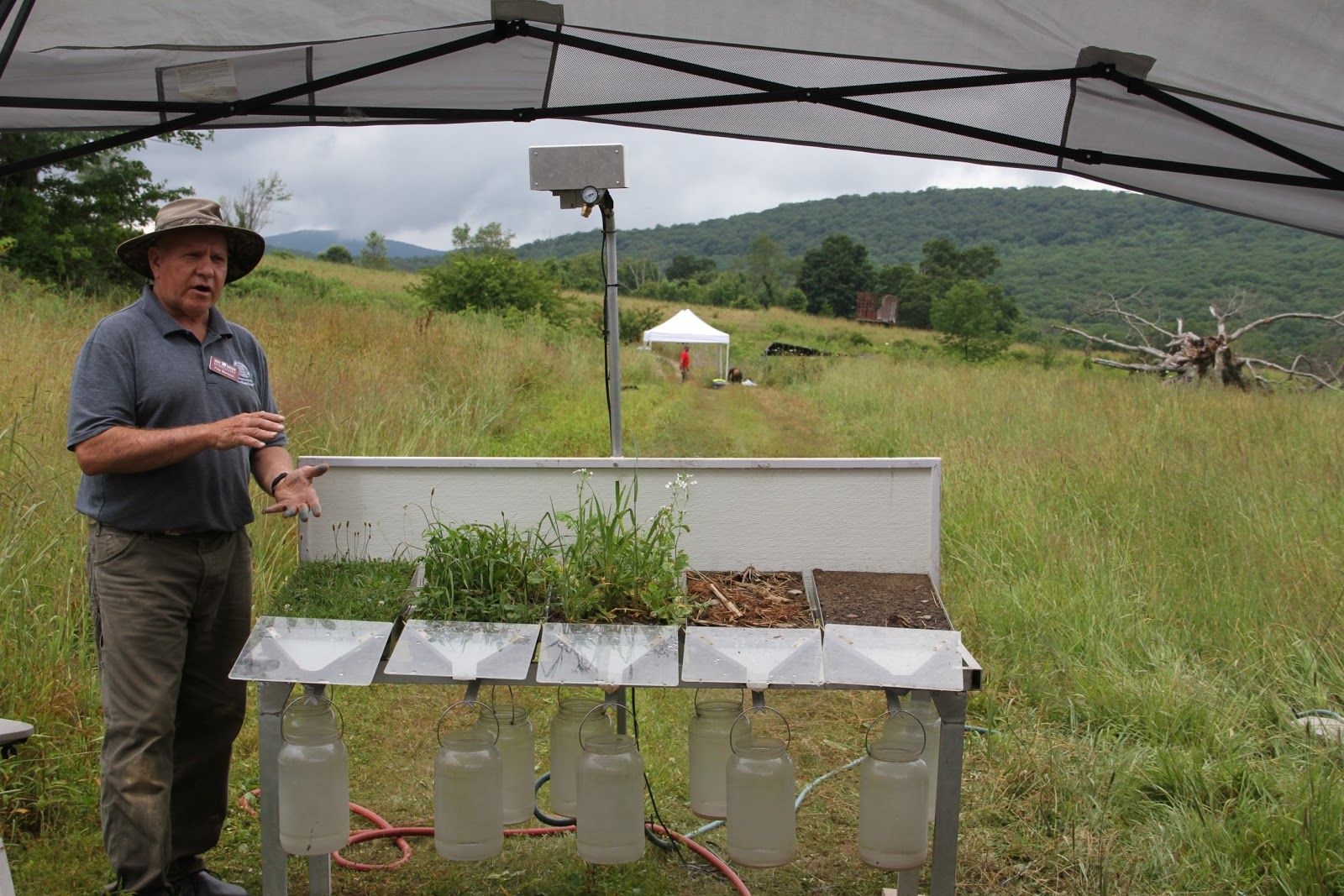
Fay discusses his water infiltration/runoff simulator
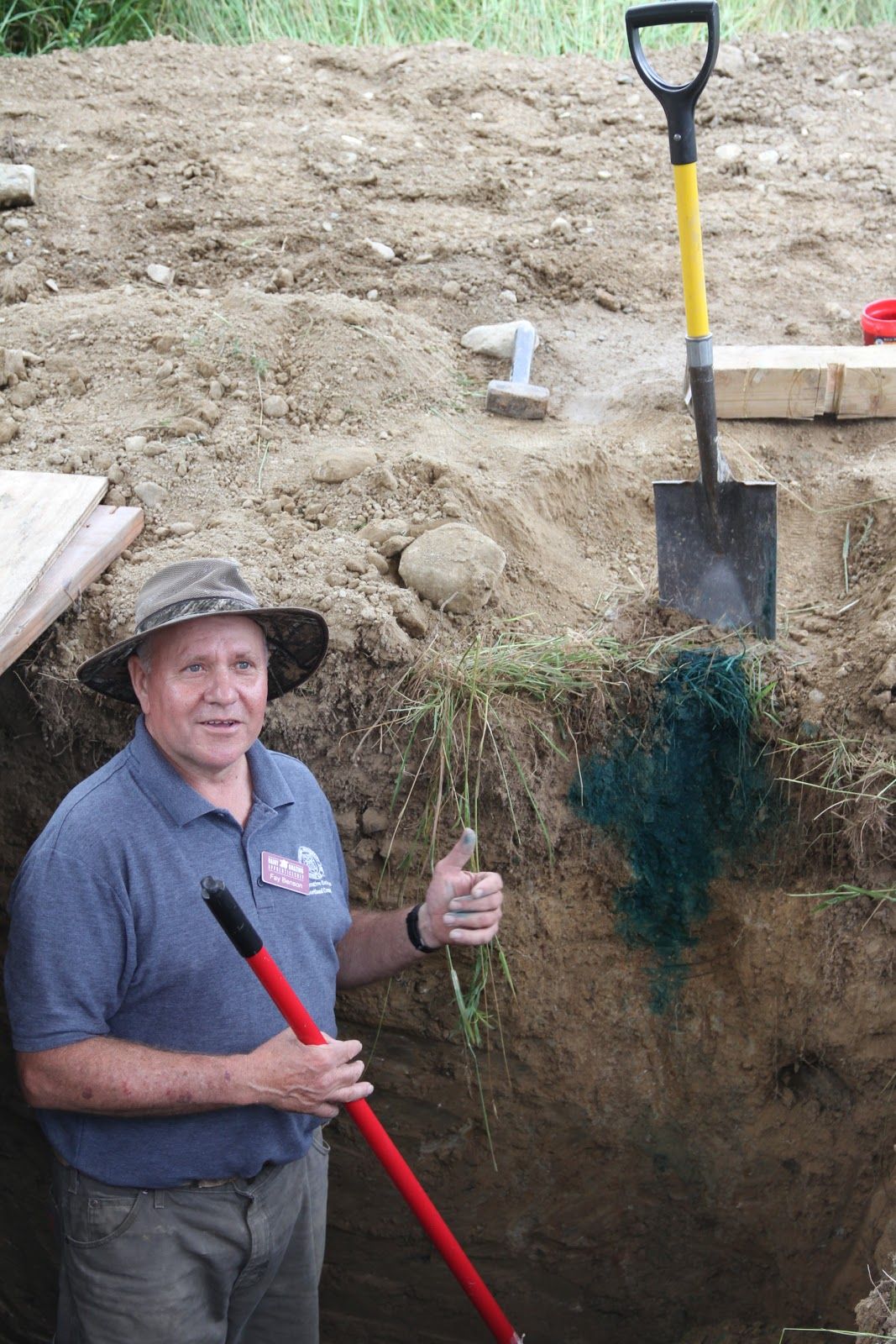
Fay explaining his soil pit infiltration test
After lunch, we shifted our focus to what grows out on pasture--what mix of grasses and legumes we want to have, and how farmers can best encourage their growth while suppressing undesirable or invasive species. We specifically took a look at Glynwood’s grazing plan and the challenges we are currently facing, including a large herd of cattle and several underperforming pastures. Our day ended with a pasture plant ID walk. In one small area of the pasture behind the Main Office, we identified over twenty species of grasses, legumes and weeds.
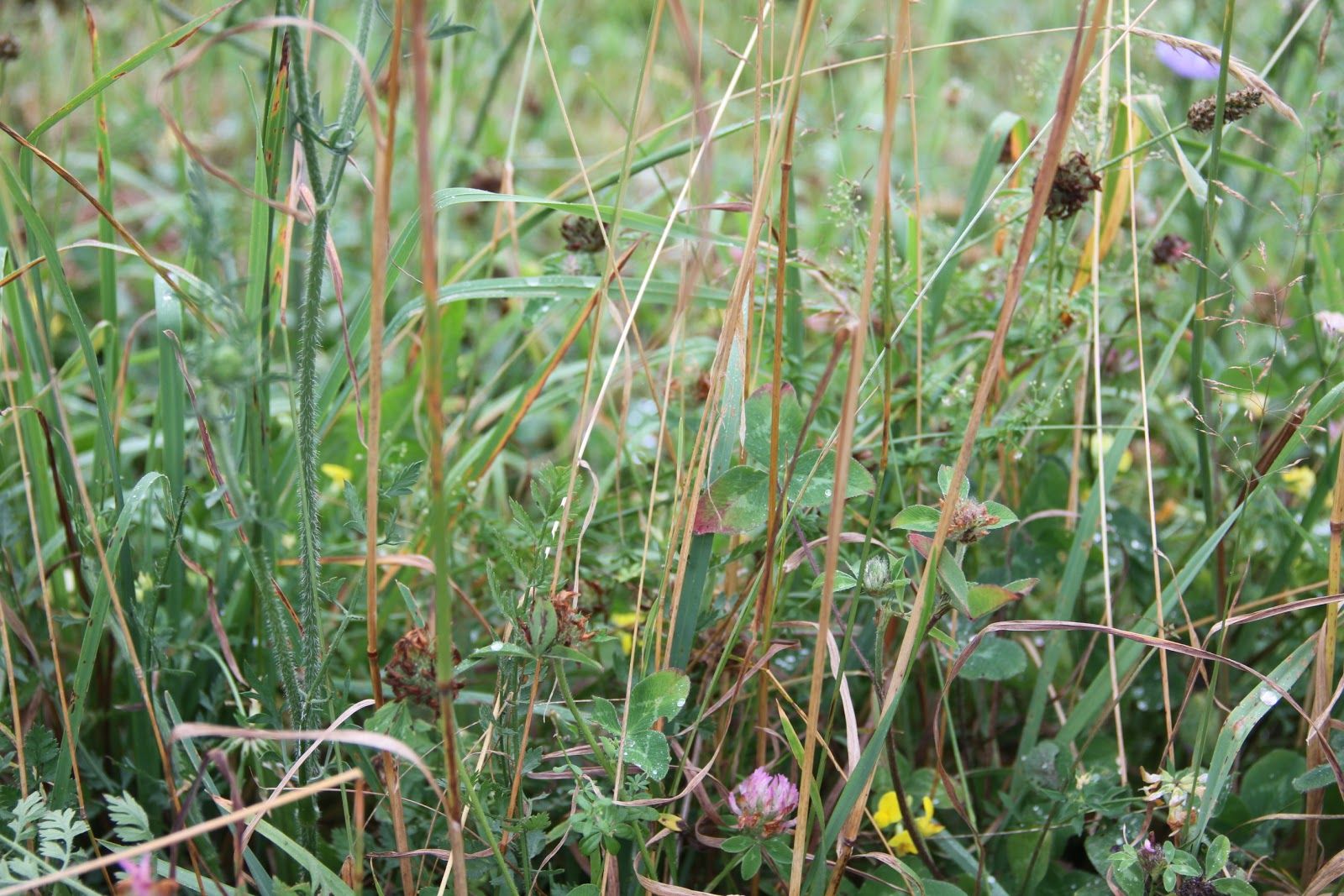
A sample of Glynwood’s pasture species
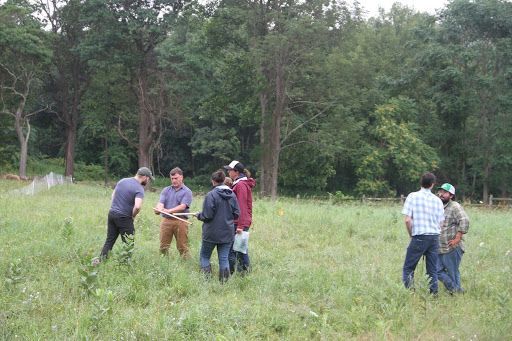
Juan Alvez demonstrating how to identify and measure pasture plants
As it turns out, “Livestock Farmer” may be a misleading title. Sure, our team at Glynwood is busy tending chickens, turkeys, pigs, goats, sheep, lambs, and cattle. But they are first and foremost cultivating robust soils and pastures. To all Hudson Valley livestock farmers: thank you for the delicious meat and dairy you provide our communities; thank you for the ecologically robust pastures on which you graze your animals; and thank you for the resilient soils you are building to store carbon, store water, and support life above ground.
